Laura Patacchia was born in Terni in 1974, she attended the Pietro Vannucci Academy of Fine Arts in Perugia, in 1999 she graduated in Painting, also in 1999 she attended the Chair of Painting at the Academy of Fine Arts in Bilbao following the course of Ángel Bados. In 2001 he participated in a workshop in Bosnia as part of the Biennial of Young Artists of Europe and the Mediterranean. He has exhibited in several exhibitions in Italy and abroad. His research is characterized by the use of materials such as threads, fabrics and glass that often come to fill the entire exhibition space. A kind of “spatial drawing” that makes her art particularly interesting. Laura Patacchia tells us about it in this conversation with Gabriele Landi.
Laura, I’m asking you to start an excavation in memory: often the first “symptoms” of belonging to art are manifested in early childhood. Was this the case for you as well?
Thinking about childhood my thoughts inevitably go to time with its passing, and how it leads me to do the things I am developing now. Perhaps it speaks of destiny? Childhood is a “being in the world,” it has never left my way of feeling and perceiving things, everything is focused on the eye and the gaze. Eye as a desire for transformation in an imaginative space, looking and loving an image through enchantment to look for something beyond what is seen. With the eyes of a child, any image is always a new metaphor because it is nourished by mystery and magic. I am reminded of a phrase by Hillman: "... we must pay special attention to childhood, to catch the first signs of the daimon at work, to grasp its intentions and not block its way." Then I can tell you an anecdote, a story my mother often told me about. In the 1970s, when I was growing up, the TV was in black and white but I could clearly see all the pictures in color. I used to go ballistic when someone would talk to me about the absence of color, because I didn’t understand how it was possible for others to see images, and therefore the world, in such an anemic way. So I always looked at everything else about things, imaginatively, maybe that’s a code for me.
Were there some images or situations that excited your imagination more than others?
I was intrigued by everything, anything could be a source of reverie, everything was an escape from reality. The ’Whole Environment in which we live feeds and stimulates our imagination all the time. I especially loved to observe, scrutinize, stare at people (their clothes, ways of moving and talking...) to excavate their humanity; just as I often stared at the sky, I was attracted to the infinite depth of space, understood as physical and astronomical space, the depth of night, in which everything is mysterious and hidden, perhaps even parallel. During the night and in the dark, I had many visions, which were perhaps initially stimulated by the reflections of light when car headlights illuminated the passing road, and the light passed through the holes of the lowered shutter, a glass, a chandelier... The luminous forms became temporary, changing, spatial. What you tell me in this response reminds me of something similar that happened to me in the course of my childhood, and thanks to your words it came out of the “drawer” in which I had stored it.
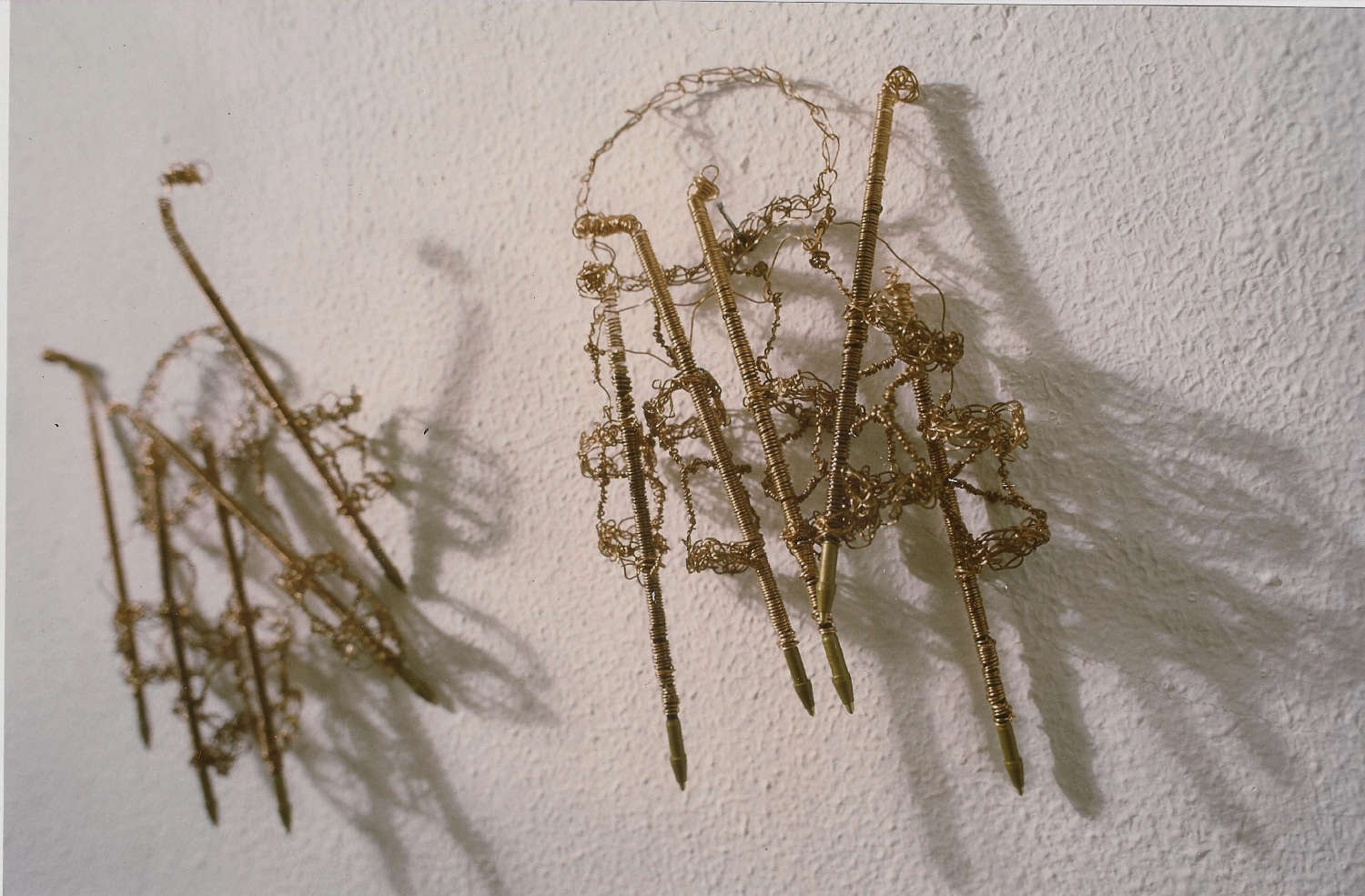
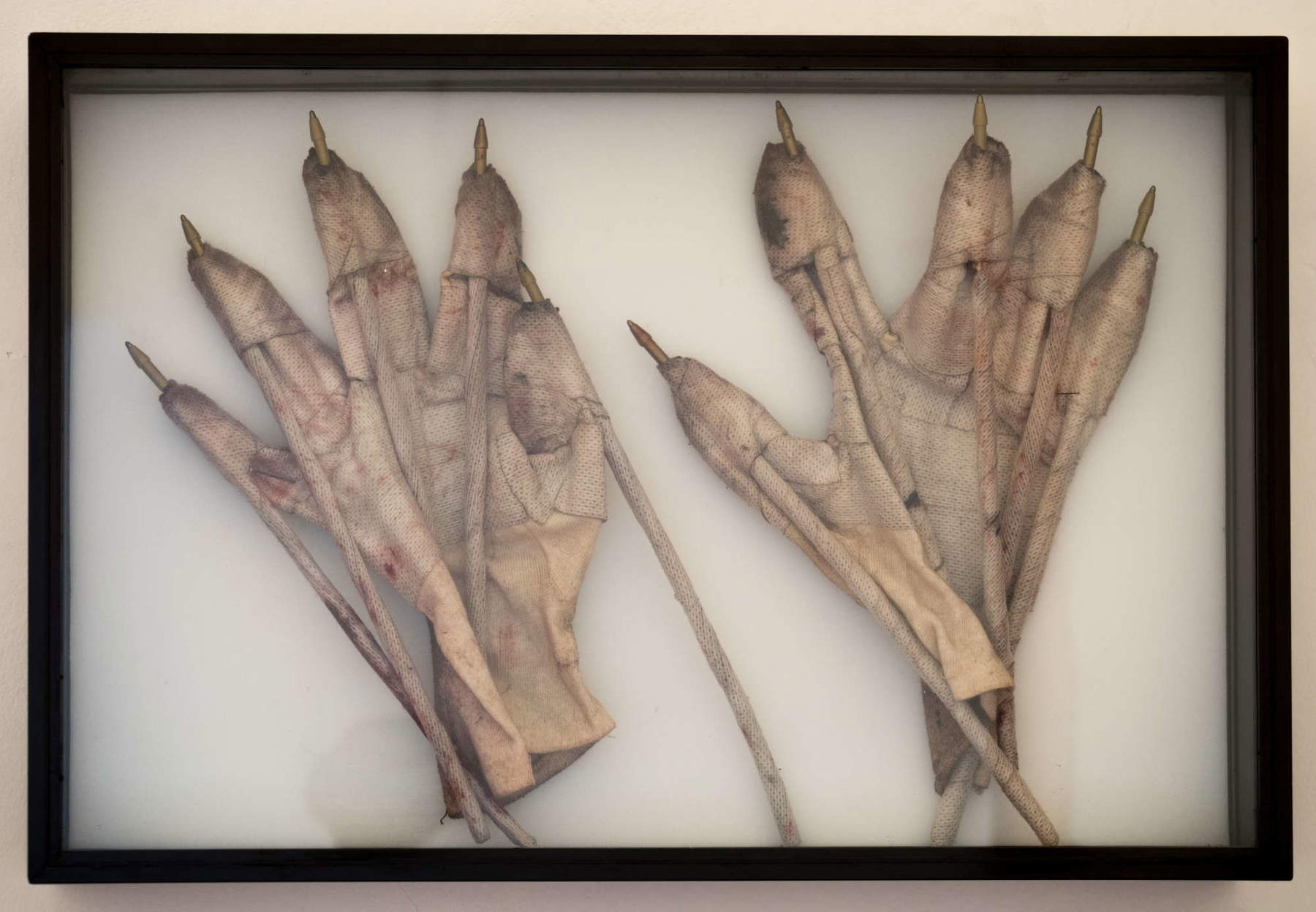
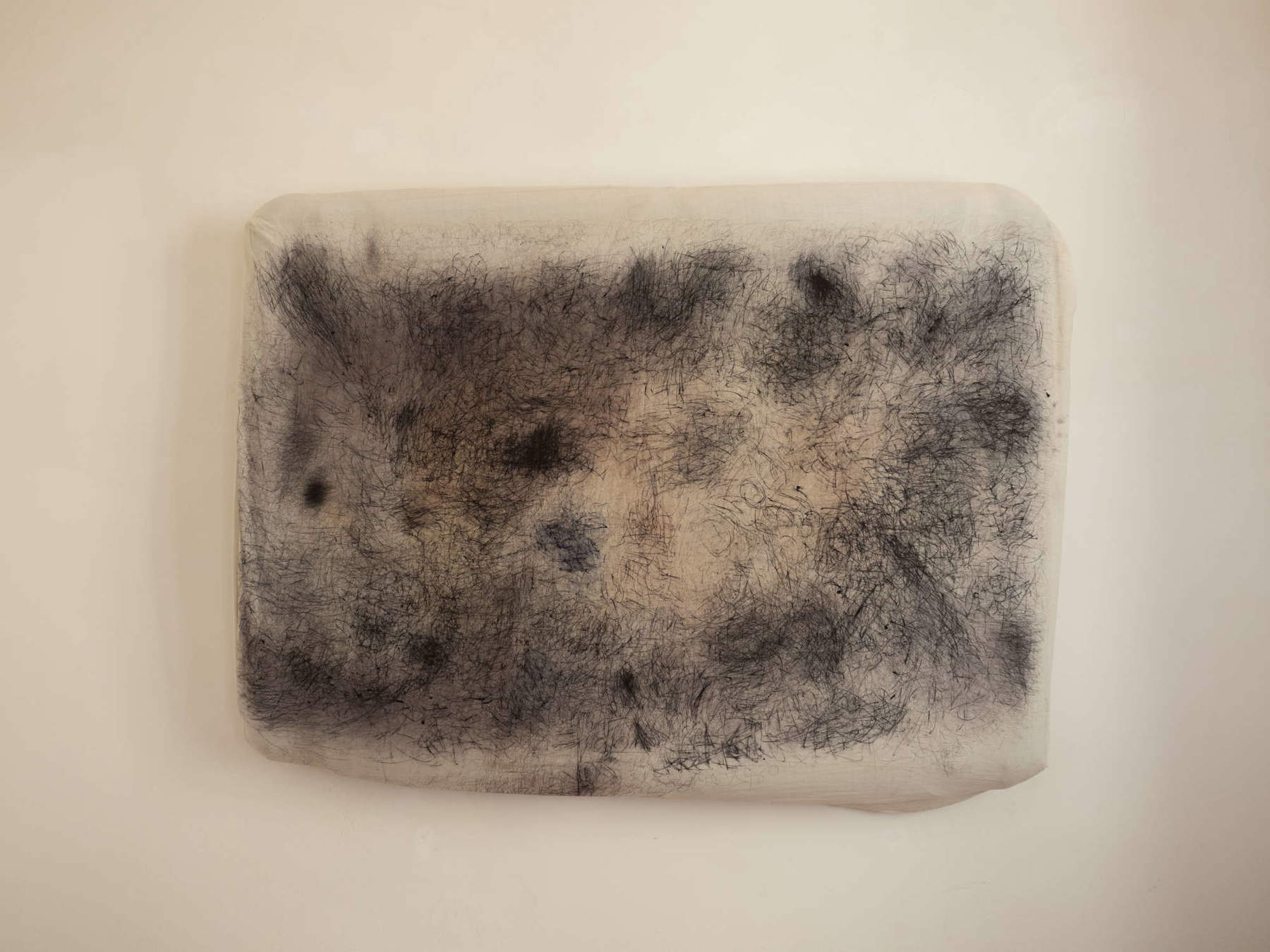
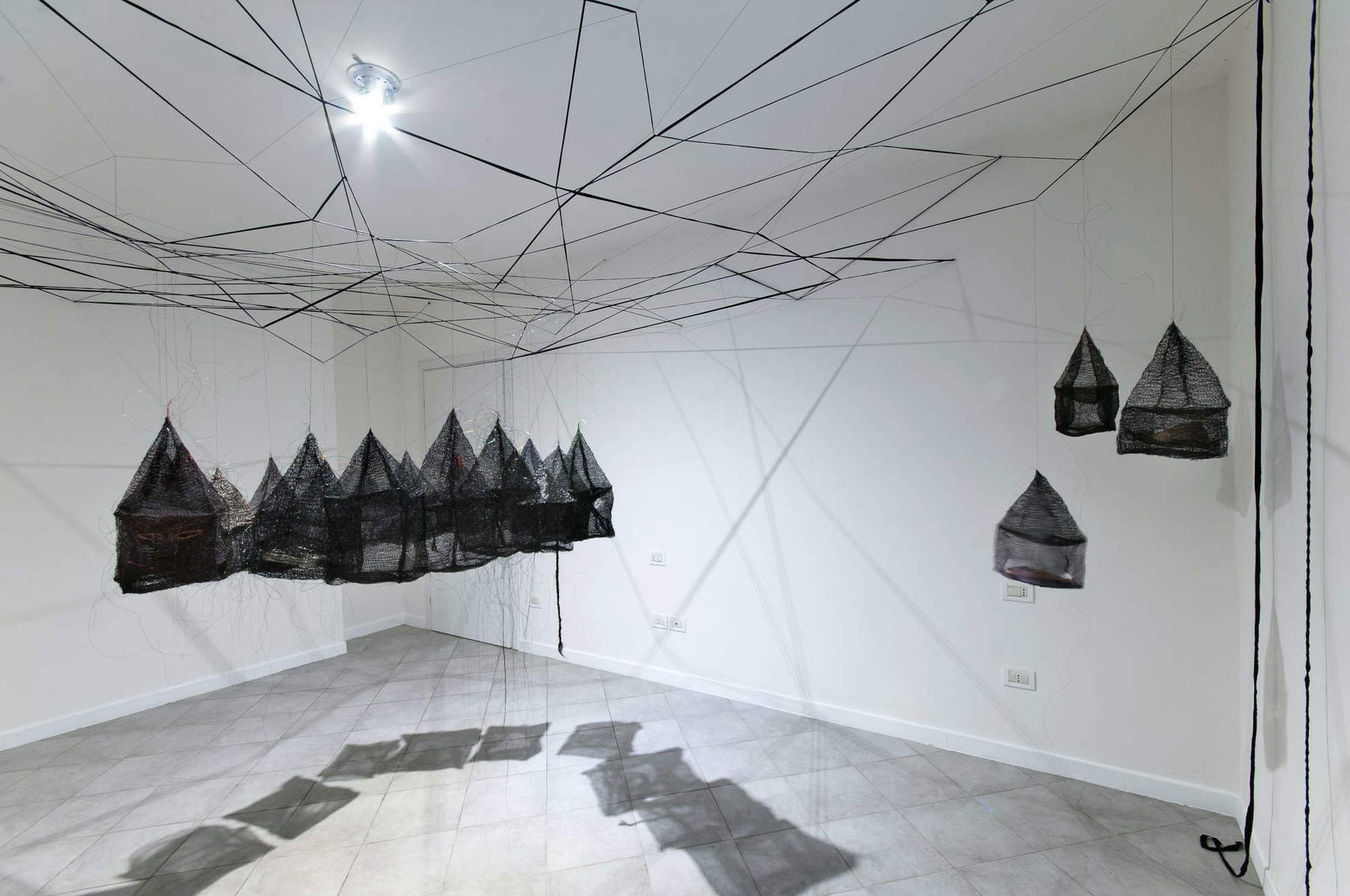
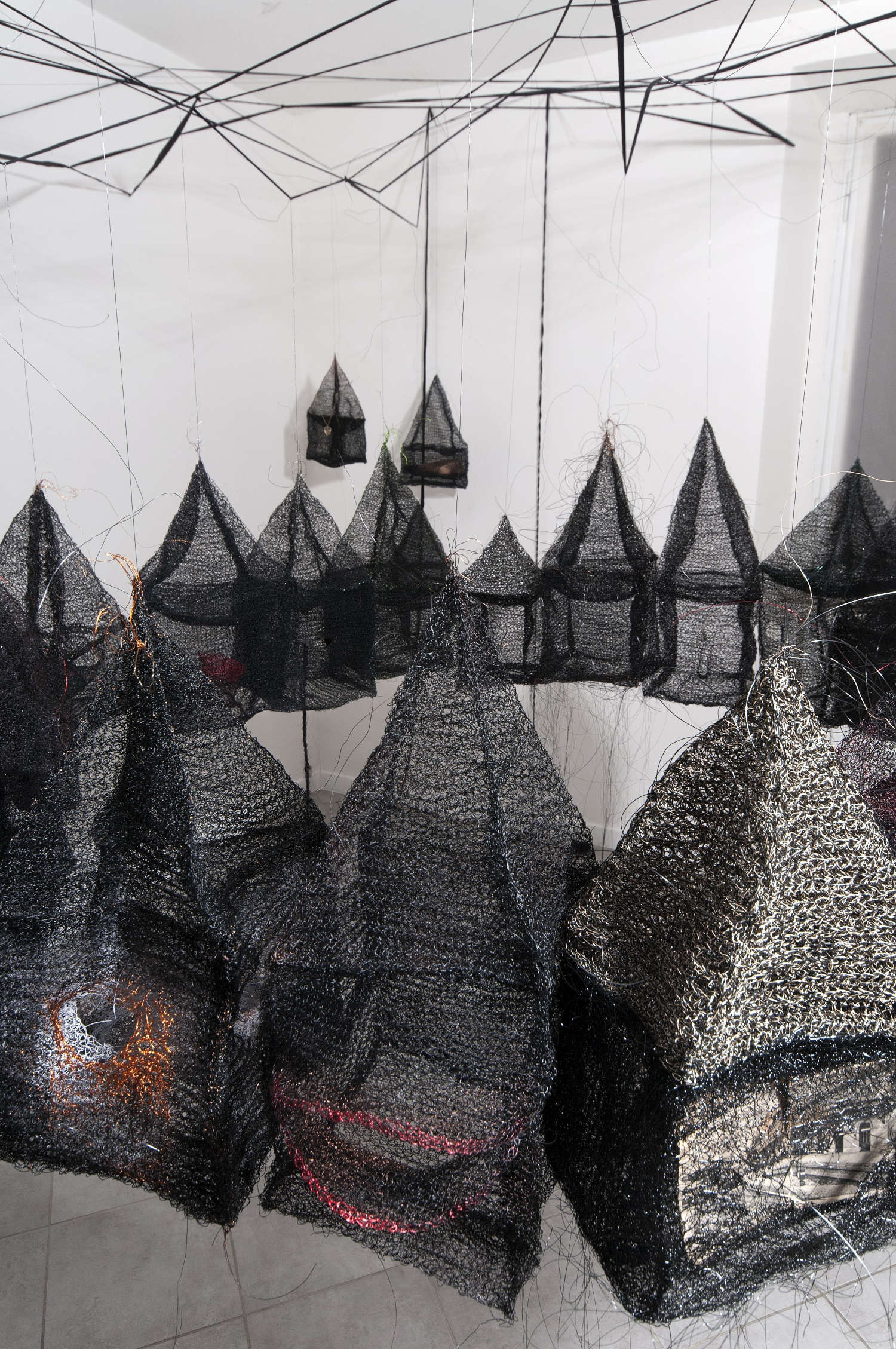
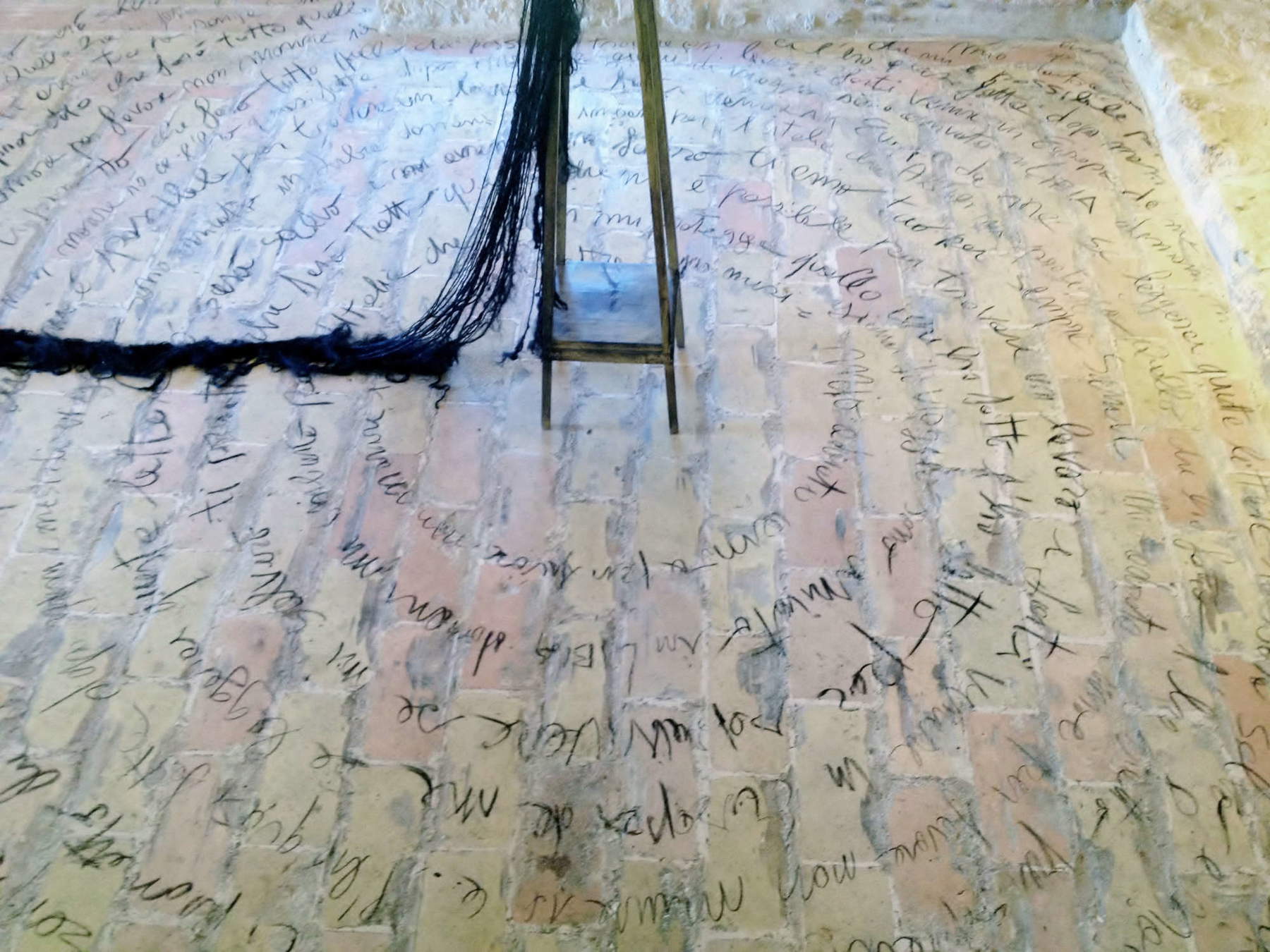
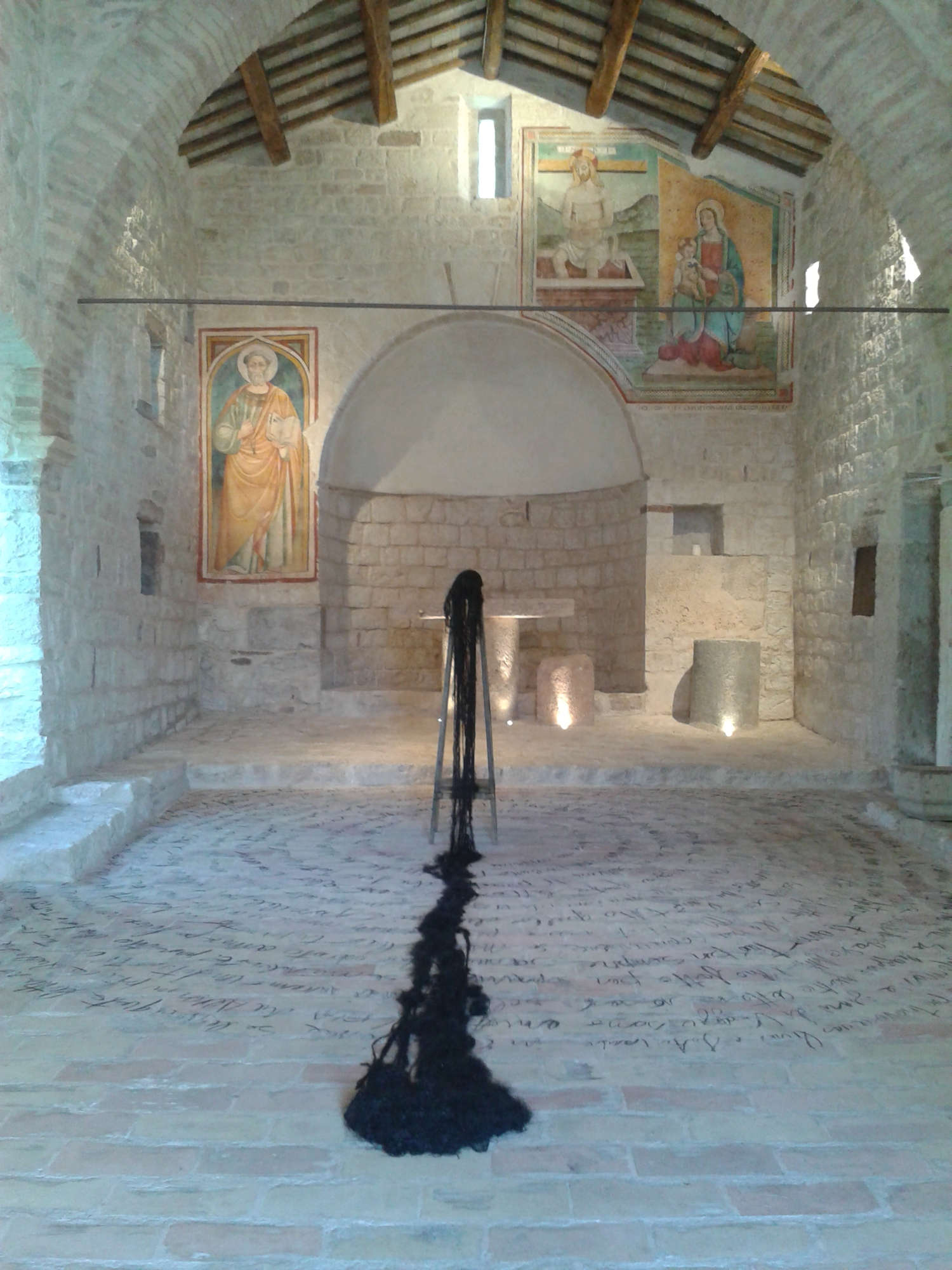
Gaston Bachelard talks about rȇverie, I think it’s a good term to define these happenings, I wanted to ask you if you continue to cultivate this attitude today?
I am glad to have evoked something far away Gabriel. Rȇverie is daily bread, let’s say it is the main meal through which I take vital nourishment, I love Bachelard, his thought. Generally in work it is like that and in life also. I can’t be different, however, I have the feeling sometimes that I am removed from it by greater forces. You know, imaginative activity demands absolute attention, and the reality in the social fabric forces us into different life practices; therefore, it pulls us away from the germinal game, from our true nature, from the image of the heart.
Already it is just like that! The hardest thing is not to do things but to get into the right spirit to be able to do them, do you agree?
Yes I agree with you, dear Gabriele, and the right one, for me, is the “dreaming spirit,” even as adults we have to keep playing with the things that go through us. Because playing means a desire to know through direct experience, it means existing, feeling and working with the body, preserving the magical, mysterious and secret aspect of things. An artist dreams about matter, his matter, and gets to the bottom of things. It might sound like a contradiction but I strongly believe in the centrality of the body as an extension to things, the world is human body, “as far as my presence extends, there my body extends” (Galimberti). It is not the “I think” that makes things move but “the I feel,” and if we are able to listen to it, it guides us to a world made of living matter but also of distant archetypes, symbols, myths and magic. It is like walking in a funambulistic condition, and as Bachelard says about it, “he who dreams too much loses his gaze who faithfully draws what he sees loses the dreams of the deep.”
I would start precisely from this consideration by Galimberti to ask you to talk about the presence of some archetypal images that recur in your work, such as that of the house for example, or lately that of the sailing ship...
It is true Gabriele, these archetypal images are often present in the work: the house, the circle, the sailing ship, they have the same content with different forms. They are all complex symbols of the return to the primordial, to intimacy. It all starts from the “body” as the idea of first dwelling, our real home is our body, the body is the first inhabited space. Home is a natural refuge, the intimate dwelling, it is the mysterious cave of our deepest being. Home is a containing and environment, a hollow, a cavity, a cup, a womb. The circle is the circular shelter where the image of the womb resides, the circle and its center are the symbol of maternal huddling, in the center we find the navel of the earth (Jung). Bachelard also speaks of huddling as “a hidden being, a being restored to the depth of its mystery.” In some of my works, the circularity also arose from the need to make the repetitive gesture ritual and turn it into a kind of purifying meditation, referring to the Clerics’ “tonsure,” to work also on guilt and self-flagellation. Returning to the house and the circle: the dwelling on the water is also a natural refuge. The boat is an aquatic dwelling, cradle of the living and takes us back to aquatic intimacy, so it relates back to the circular refuge of returning to the mother (to the earth’s womb). The sailing ship is also understood as a digestive womb because, like the cave house, it has the shape of the cup and the vessel, thus it is a deep cavity; a containing and a contained. These contents chase each other in a circular and tantric way.
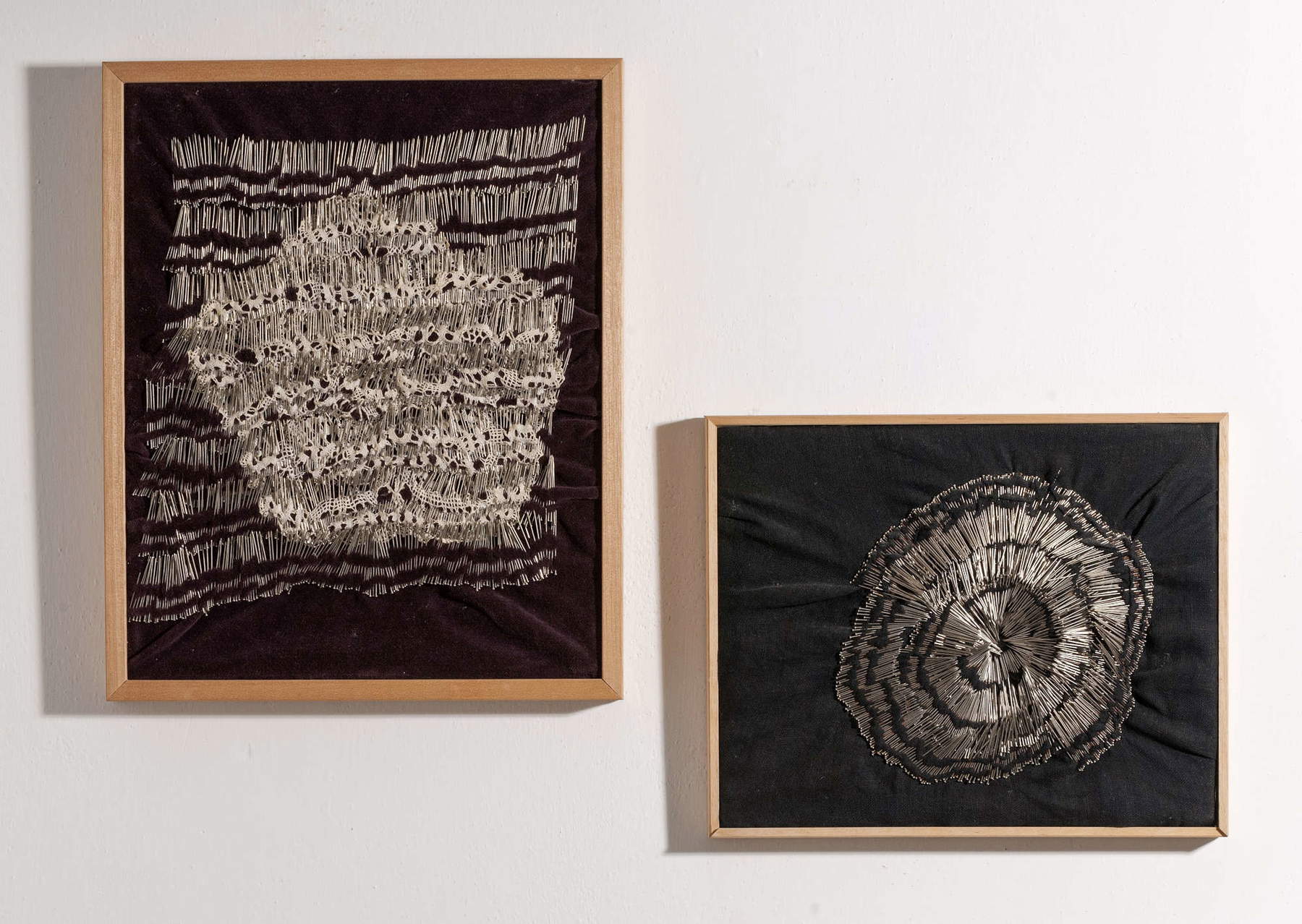


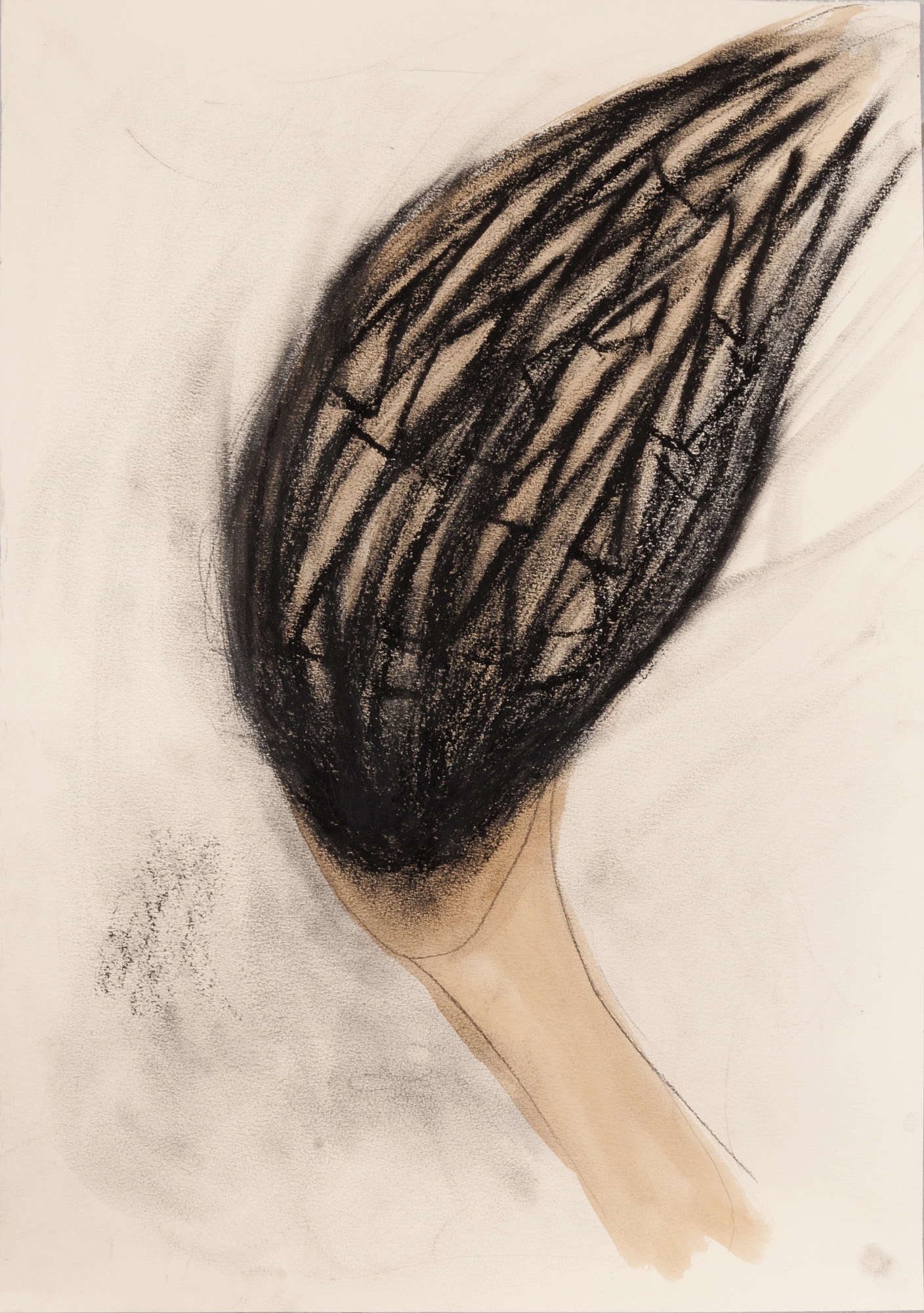
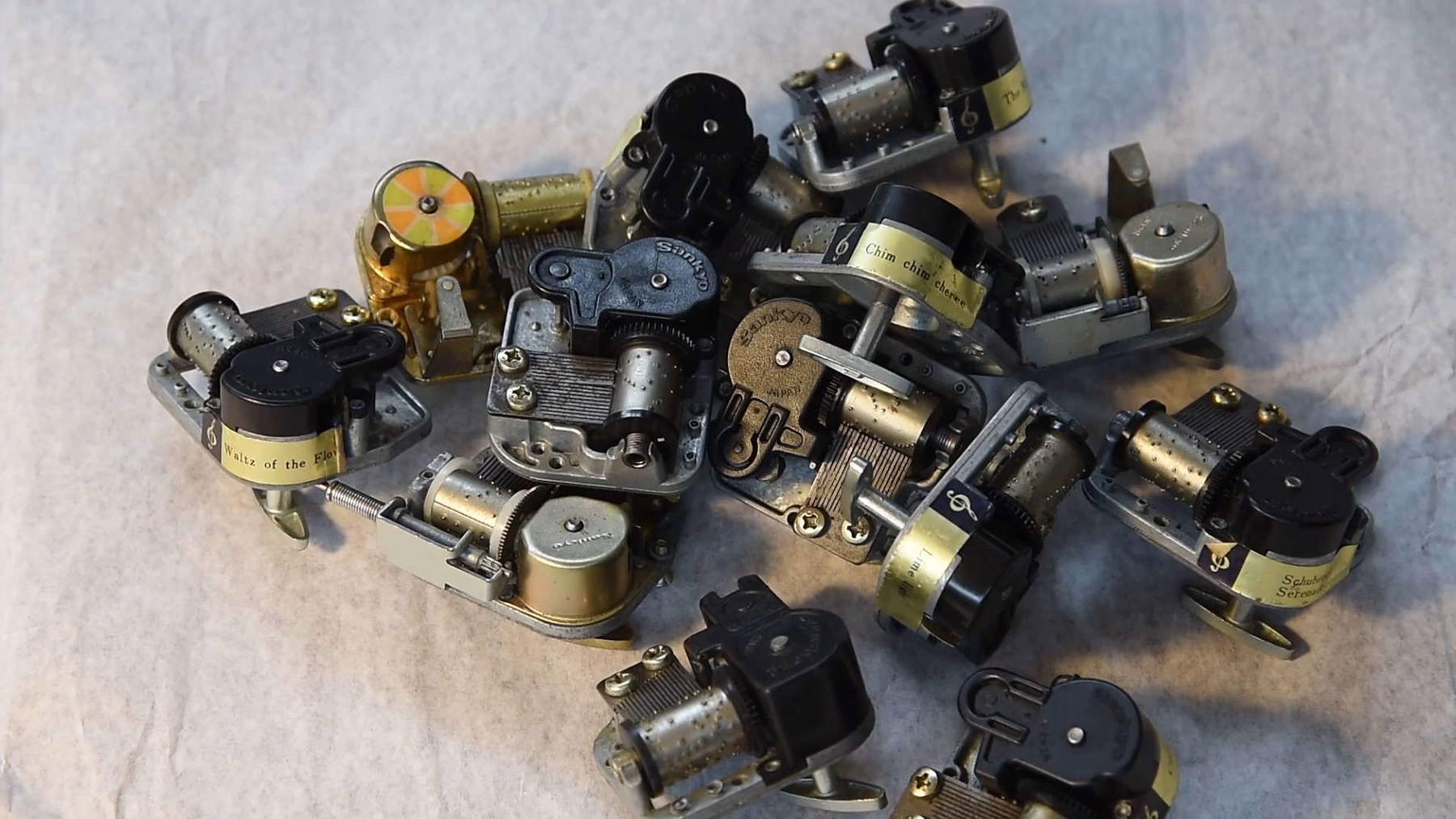
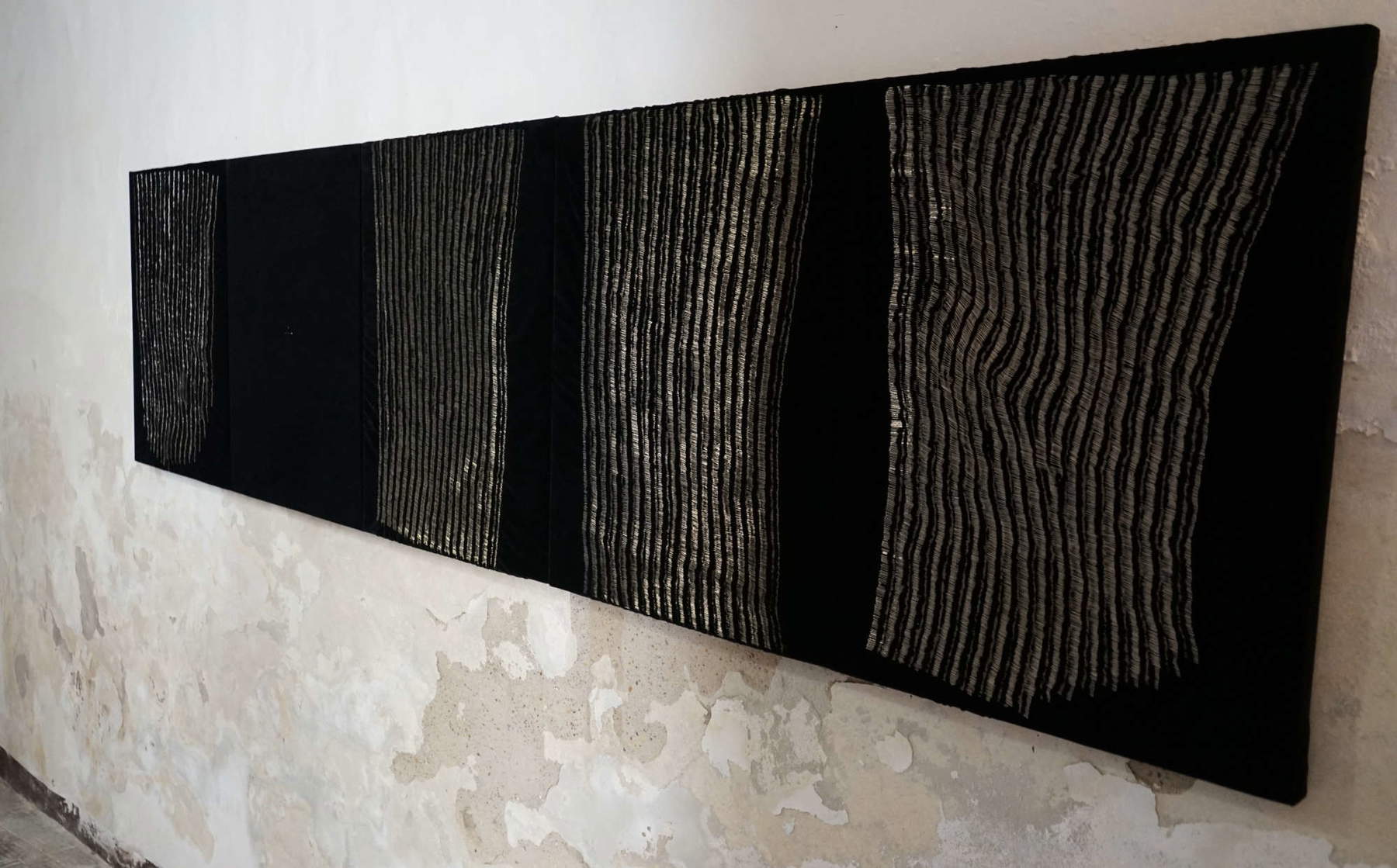




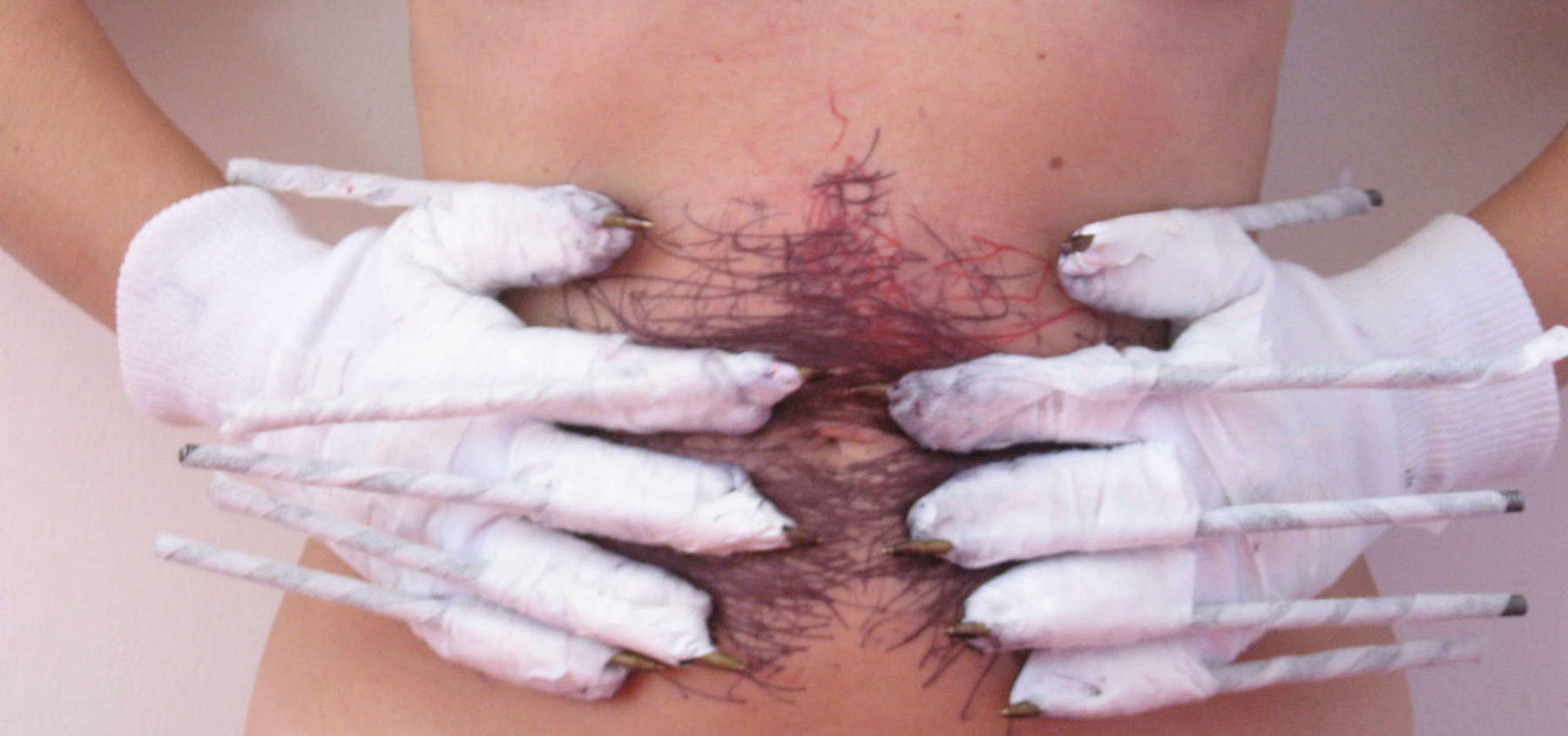
I wanted to ask you to talk more extensively about the ritual aspect that returns in your work practice....
Ritual lies in gesture and time. I follow the cyclical rhythm of time that plays within the place explored. The material I work on is also a space/place to be explored just as the rooms that accommodate an installation are. I try to place myself in a position of receiving and listening, trying to follow what they whisper, without forcing. Everything is already suggested and in a condition of “prayer” the work manifests, I speak of prayer understood as the inner space of the self and following the gestural repetition where things cyclically arise to end. I strongly believe in the mystical voice of things, appearing or disappearing to turn back on themselves, in a continuous cyclicality of time. Everything dies to be reborn; this is the rituality I pursue with the work. Perhaps because I am afraid of death and try to exorcise it as best I can, in my being in the world in relation to life, I need to feel that everything is transformed. I like to think of the work as the Moon because it is first of all a measure of time and everything is related to the phases of the Moon, nature, the earth, living things. But the Moon is, also, simultaneously the measure of time and the explicit promise of eternal return, and with its continuous cyclical becoming it exorcises time. Moreover, lunar symbolism gives a bipolar view of the world because its rhythm is marked by a temporal repetition of continual rebirth and disappearance, the rituality is given by the continuous succession of alternating opposites: death and renewal, light and darkness. Its luminous showing itself is a reassuring epiphany, but at the same time dramatic because it is inevitably followed by its disappearance, but it lives only by this duality, herein lies the rituality I pursue. “It is living and inexhaustible in its regenerations” (Gilbert Durand). Here then, time is made possible by the existence of contraries. What is the face of the moon when it disappears? Could it hide huge jaws ready to devour the world?
The symbol to assert itself in all its truth needs to be alive, are you interested in the esoteric aspect?
No, at least so far I don’t think so, I have never investigated that aspect. I think everything lives by its Echo; But who was Echo? She was torn apart by the shepherds for rejecting Pan, her singing limbs were scattered in all directions, so Pan spoke in these echoing pieces that in moments of spontaneity present nature’s awareness of itself. Echo has no body, no existence of its own. In the relationship with Pan it was merely himself returned to himself, a repercussion of nature reflecting itself (James Hillman, “Essay on Pan”).
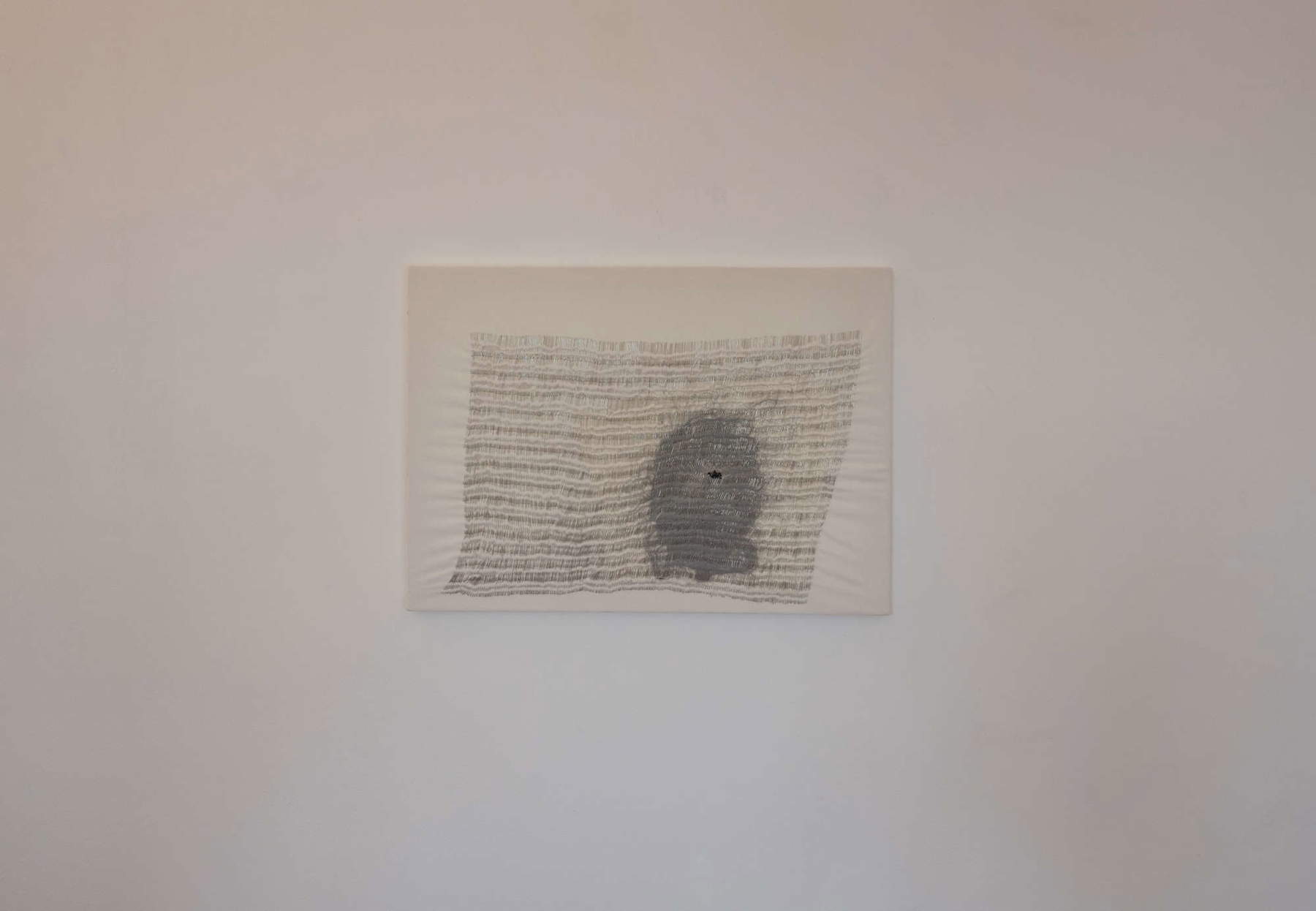
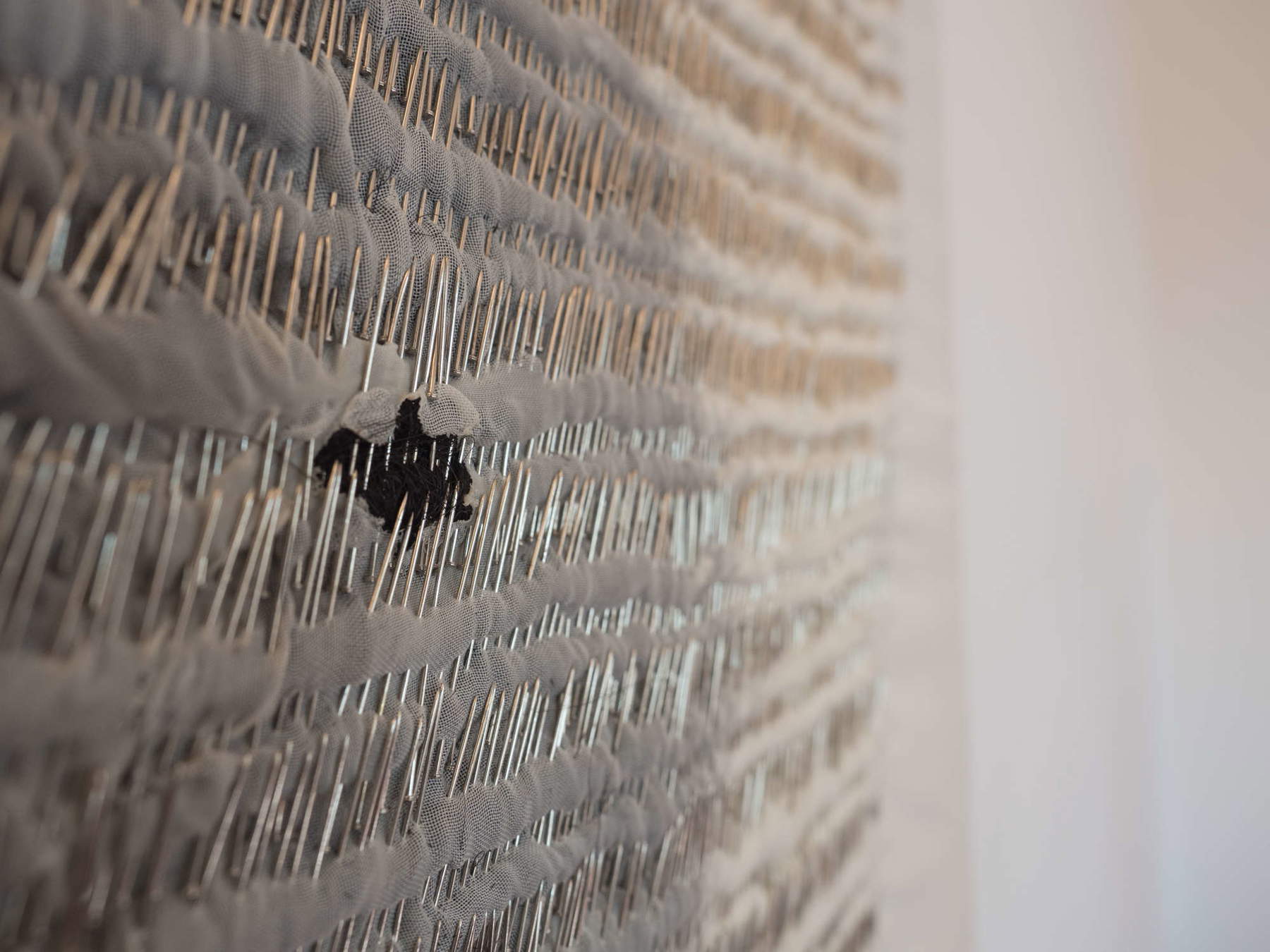

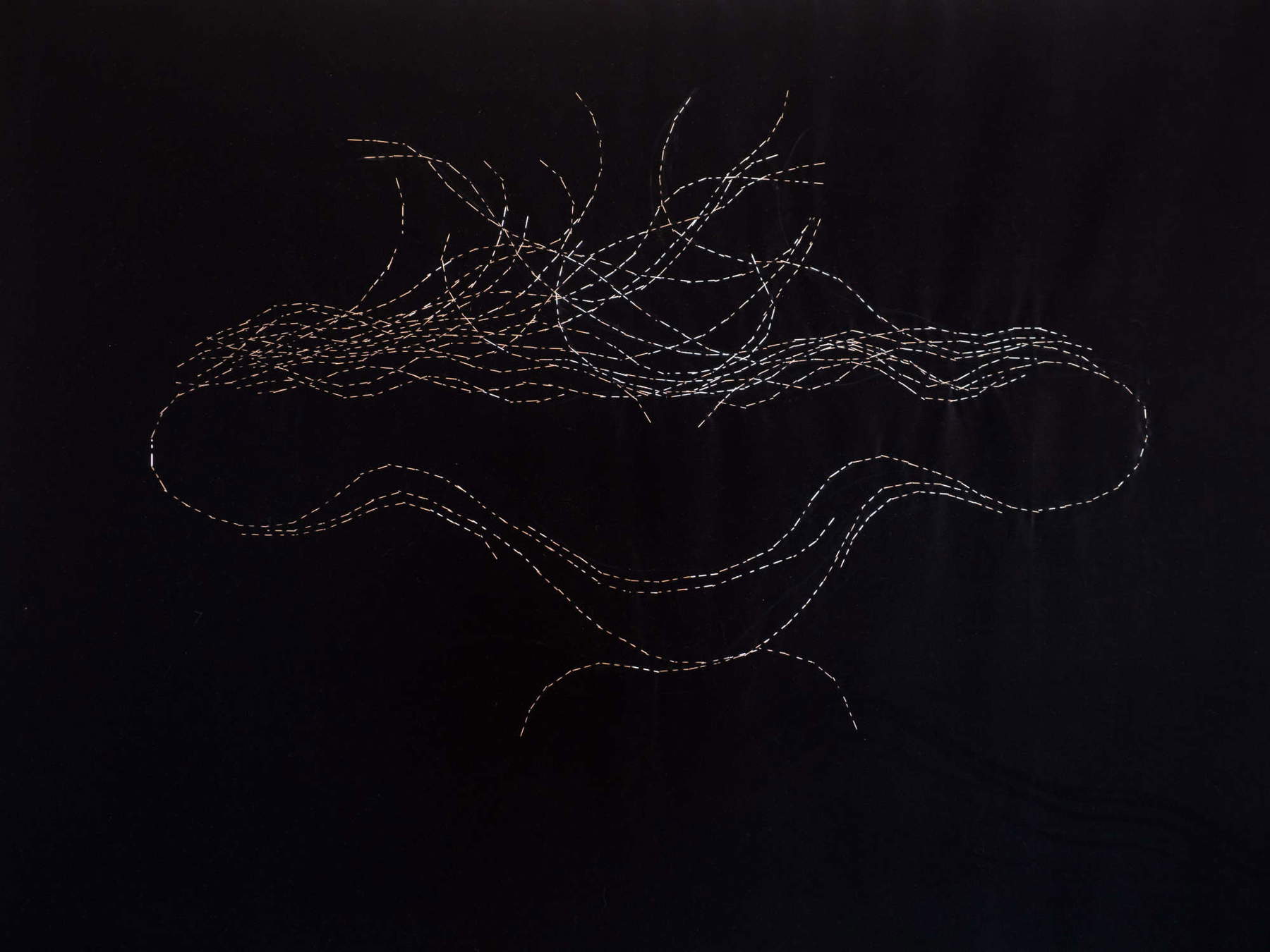
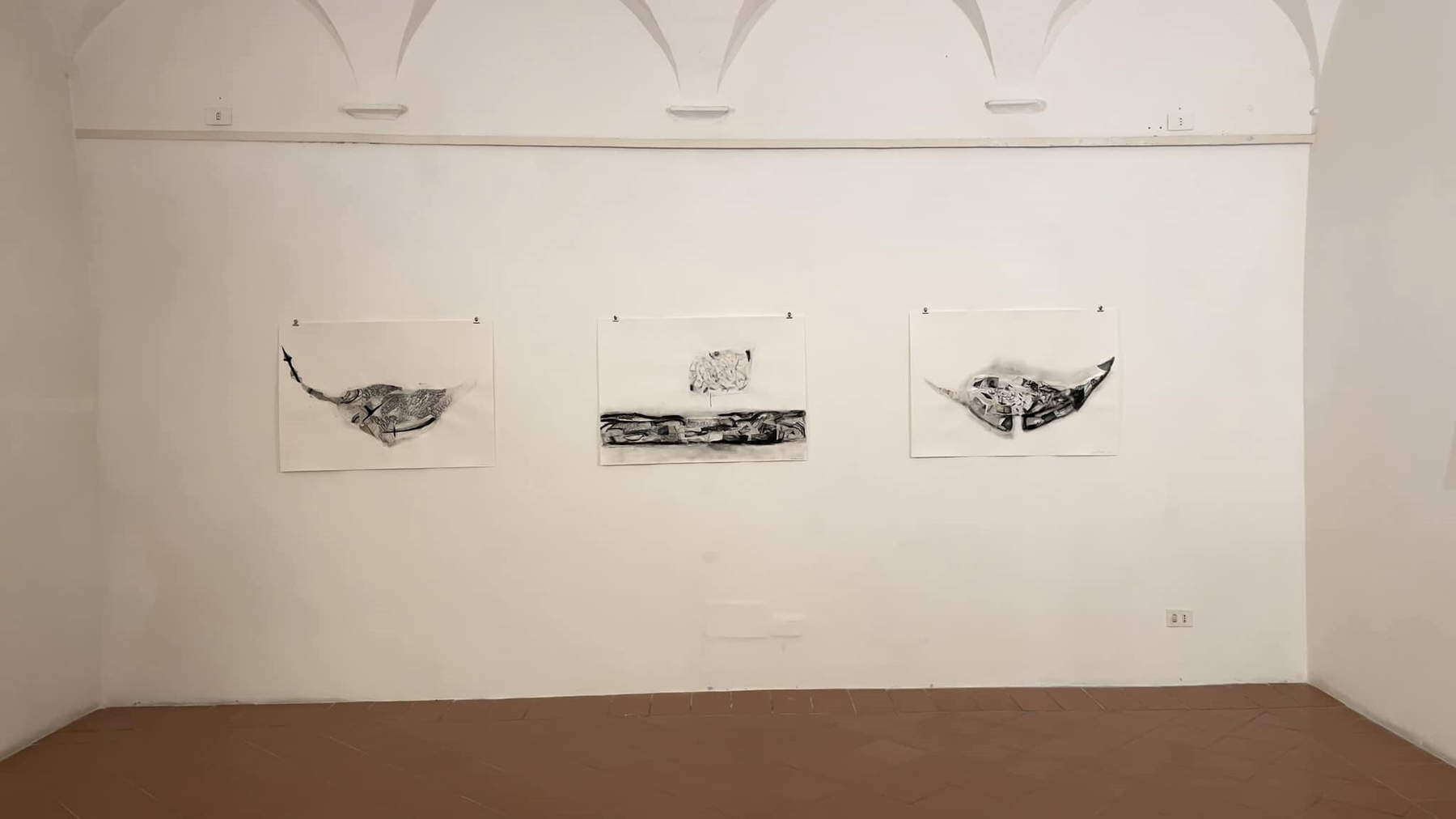
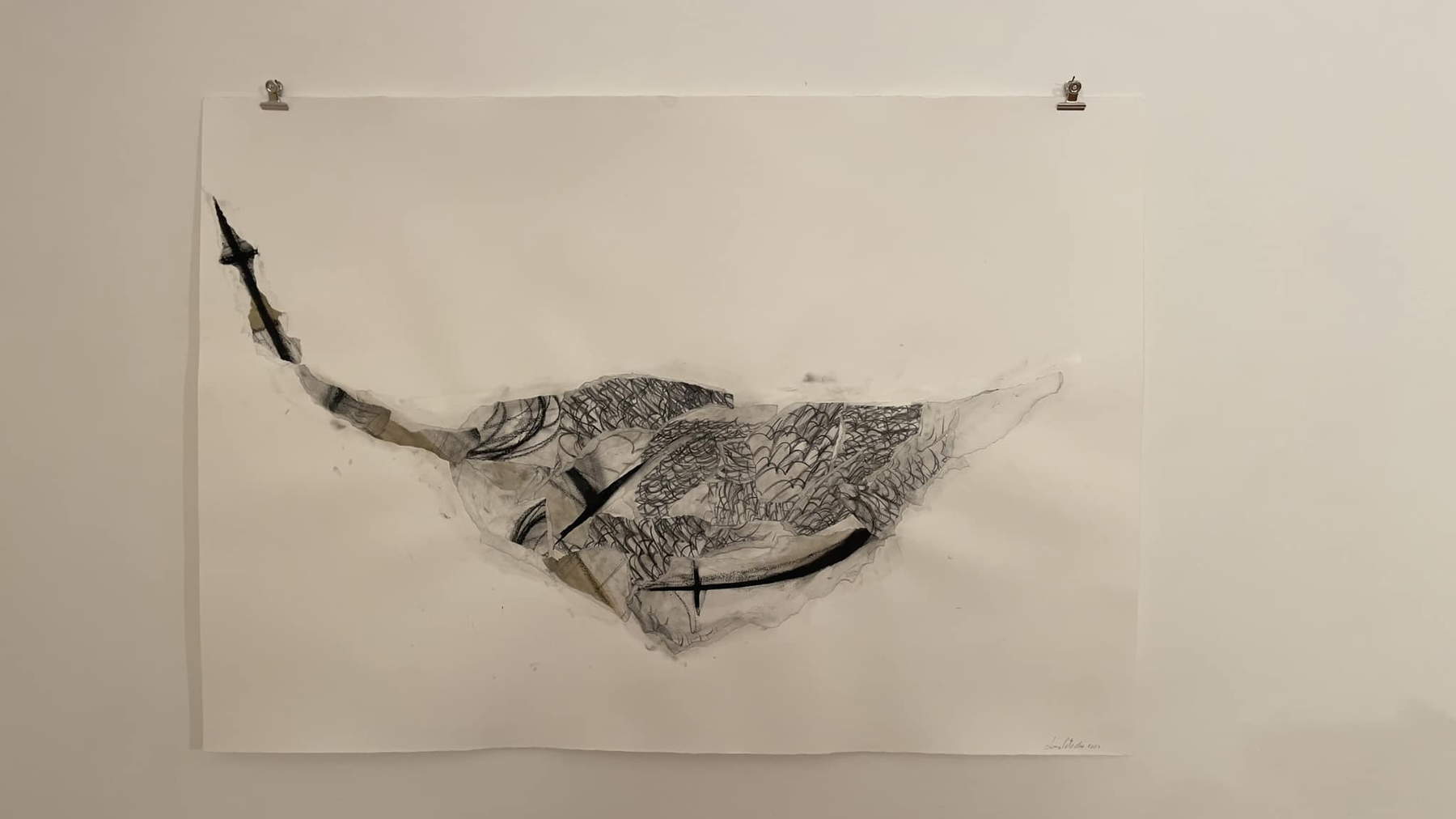
Let’s talk about the work. The first thing I would like to ask you about is what importance and role drawing plays in your working practice.
Drawing is thought, it calms my anxiety, it acts as a mirror. Without drawing my work could not exist, it is a practice for me, in fact, when I take up a discussion or undertake a new research I go straight to my journal, that’s where it all starts, I write in it, I draw and take book notes. I need to work on the impermanence of paper, to use various sizes, I sketch an idea, glue, tear and re-glue, I never throw anything away; I also love very large surfaces because I feel them as space. For each work made there is a series of studies on paper, but I don’t always stop at the analytical study, often the drawing continues to evolve and takes on a life of its own from the initial project. Each mark has its own echo and in returning to itself it always becomes “other, ” in these new works the vibration starts from within the paper, they live from within, and nestle there; the analytical study, on the other hand, is a journey of thought on the surface of the paper.
Here’s a point I’d like you to say more about, this idea of the vibration starting from within the material, “they live from within, and they nest in it” is true not only for paper but also for velvet, cocoons of elastic thread or glass in short for all the materials you employ?
Yes, it is true for other materials as well. In working we do many actions, we are the makers of bonds and separations, but in the end it is the material that decides. You can’t force it, it doesn’t make sense, when that happens we are dealing with a purely formal matter, and it shows. When the right gesture meets the right material an internal vibration arises, perhaps these generate a vital core that always keeps that work alive. In the making, in the gesture, there is thought, body, eye and spirit, mistakes and mishaps along the way that give us a sideways view of things, and it is these unintended events that generate vibrations, as they get out of our control they live on pure matter. Many of my works, velvets, glass, cables, have only been crossed by signals and signs that have remained cold analytical studies. Others, however, are real, vibrating, just like words true or false. I think it is a working process. When you’’re embarking on a path of research you open up endless avenues and possibilities for development, you make many attempts but the real ones you recognize, they vibrate because they are alive, and they survive time; indeed the more they deposit a long memory the more they gain strength. Sometimes we tend to repeat a well-resolved work, but in the end it rings hollow.
Warning: the translation into English of the original Italian article was created using automatic tools. We undertake to review all articles, but we do not guarantee the total absence of inaccuracies in the translation due to the program. You can find the original by clicking on the ITA button. If you find any mistake,please contact us.